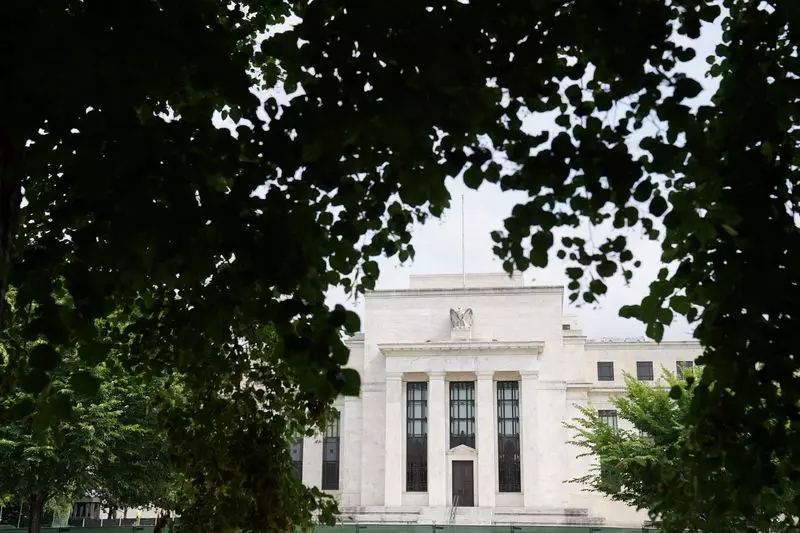Federal Reserve officials are expected to maintain current interest rates during the upcoming meeting, with the possibility of a 25 basis point rate cut in September looming on the horizon. Evercore ISI strategists have expressed their belief that the Fed will refrain from explicitly signaling a rate reduction at the September meeting. They argue that Fed leadership is methodically laying the groundwork for a potential cut, with Chairman Powell likely to make an announcement at the Jackson Hole meeting in August, citing the need for another month of data analysis.
Leading up to the July meeting, there has been a heated discussion regarding how proactive the Federal Open Market Committee (FOMC) is willing to be in terms of signaling rate cuts. Evercore highlights key elements to watch for in the upcoming statement, including an upgrade in inflation language, a moderation in labor data assessment, and an increased focus on risk balance. Of particular interest is a potential revision to the third paragraph of the recent FOMC statement, which currently indicates a reluctance to cut rates until there is more confidence in inflation heading towards the 2% target.
Echoing similar sentiments, economists at Citi suggest that Fed officials are likely to use the July meeting as a platform to build consensus and hint at an impending rate reduction. Barring any unforeseen inflation-related surprises, a 25 basis point cut is expected in September. However, a rapid uptick in the unemployment rate, such as reaching 4.3% or higher by August, could prompt the Fed to consider multiple rate cuts in the coming months. Additionally, significant turmoil in equity markets could influence a more dovish monetary policy stance, as noted by Citi economists.
While also anticipating a 25 basis point rate cut in September, Macquarie economists have projected a total of 75 basis points in cuts by early 2025, potentially bringing the Fed funds rate to 4.5-4.75%. They emphasize that unexpected weaknesses in the labor market could expedite the easing cycle beyond the initial estimates, showcasing the uncertainty surrounding future monetary policy decisions.
The speculation surrounding potential rate cuts by the Federal Reserve underscores the complex dynamics at play within the financial landscape. As key economic indicators continue to evolve, market participants will closely monitor the Fed’s actions and statements for clues on the direction of monetary policy. It remains to be seen how policymakers navigate the delicate balance between stimulating economic growth and guarding against potential risks in the coming months.

